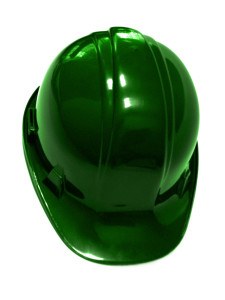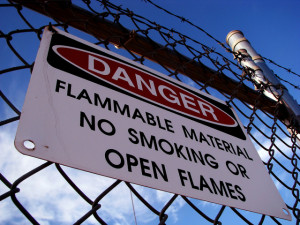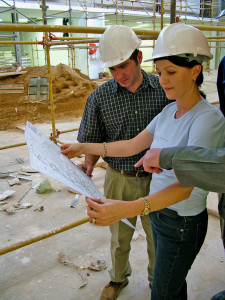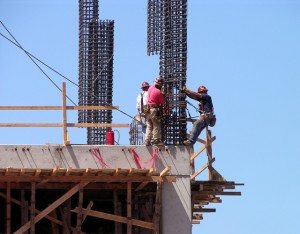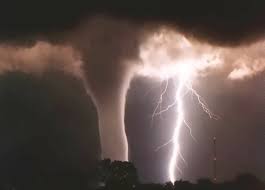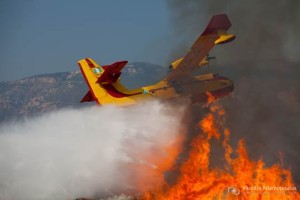How to Avoid a Bear Attack in the Spring | Worksite Safety
 Spring is a beautiful season. The cold weather is behind us and the warm weather is approaching. Spring is also one of the most dangerous seasons for bear attacks as bears are coming out of hibernation and they are hungry and can be grumpy, as well as with new cubs.
Spring is a beautiful season. The cold weather is behind us and the warm weather is approaching. Spring is also one of the most dangerous seasons for bear attacks as bears are coming out of hibernation and they are hungry and can be grumpy, as well as with new cubs.
While this sounds like a lethal situation, bear attacks are relatively rare. Bears do not emerge from their dens with the intent of attacking people. Quite the opposite, they have their own agendas to attend to. Except for some rare instances, bear attacks on humans generally happen with human error. By taking the necessary precautions on the work site as well as during your rec time, it is very east to keep both bears and yourself safe.
Store your Food and Garbage in Bear Proof Containers
Bears are hungry in the spring. They will go where they are able to find food. Improperly stored lunches and snacks are a guaranteed hazard. Once bears find an easy meal, it is very difficult to permanently remove them from that area. If this area is frequented by people, bears will get accustomed to humans being there. Any foods that is stored outside, whether for consumption or disposal, needs to be stored in bear proof containers. Failure to follow this rule can be fatal.
Stay Away from Baby Cubs
If you come across cubs while working or travelling, it is imperative you back away immediately. It is guaranteed that even if you cannot see the mother, she is never far away. Bears can travel almost completely silently over twigs and branches. A mother bear will go through any measure necessary to protect her young. Approach her babies and she will attack you. If you feel a cub is in danger, leave the area and call your local wildlife officer. They have the training and tools to deal with these situations. Never, under any circumstances should you ever approach a baby bear.
Make Noise
If you are walking in the trees of an area frequented by bears, make as much noise as possible. Whistle, wear bear bells, talk to yourself and your friends, whatever you can do to make noise. If they know somebody is in the area, they will leave. Bears do not go looking for confrontation unless provoked. Let them hear you and they will leave the area long before you knew they were there. If you need to use a porta-potty that is out of the way, institute a buddy system.
Leave their Food Alone
We don’t like random strangers inspecting our food, neither do bears. Bears are known to kill an animal and then spend a few days eating it. In between meals, they will store their kill in the woods, often half covered in leaves and twigs. If you come across a bear kill, leave immediately. This is their property and they will attack you to remind you of this. If you see a bear kill in an area that is frequented by people, call your local wildlife authorities to handle the situation.
By making these precautions part of your daily practice, and your worksite safety plan it is easy to enjoy spring outdoors without putting yourself in a situation that can provoke a bear attack.

